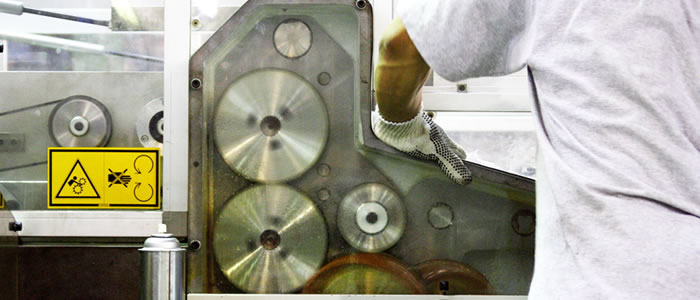In order for work equipment to be deemed as safe for everyday use and operation, an inspection is required. If any sort of damage or condition issues exist that may affect the operation of this equipment, it should be reported and corrected before any of the workforce use it once more. In some cases, a visual check is sufficient to allow operation to continue, but more complicated equipment and machinery will require a more intense examination. If any risks to the workforce’s health and safety exist, a full and official inspection should always be undertaken. Risk assessment will dictate which category the work equipment should fall under.
Where to begin

When undertaking a risk assessment for potentially damaged and dangerous work equipment, you are looking for any aspect that poses a significant risk to those who are either operating or at risk from the equipment’s use or installation. The results from this inspection needs to be noted down and recorded until the next inspection is due to take place. These should be made available in case of request by enforcing authorities in the future. Any work that has been deemed unsafe for future use must be taken out of operation and labelled appropriately. Always attach a form of warning to the equipment, especially when it is to be relocated elsewhere.
When to inspect?
A full inspection of the work equipment must take place at a suitable interval, especially if the equipment has been exposed to any harmful conditions that could cause damage. If the equipment has been used in a different environment or perhaps the operating techniques have changed, it needs to be thoroughly checked thereafter. Whoever inspects the potentially damaged work equipment should be aware of the manufacturer’s recommendations and should also refer to health and safety advice on the matter in hand. Inspections usually take place in the following scenarios:
• A swift check that usually includes functional testing of power and vital operational aspects.
• Weekly checks usually look a little deeper into the safety aspects of the work equipment.
• A full examination will probably be undertaken every few months and will include portable appliance testing and close safety inspection.
Re-inspection requirements
Once work equipment is deemed to require an inspection, usually due to exposure to harmful conditions, these should take place over a regular interval in time. If the weather conditions are considered to have some detrimental effect on the equipment, the intervals should be more often. The overall re-inspection requirements need to be set out as per the risk assessment report and this also includes the manufacturer’s recommendations. An experienced inspector should be able to use his own knowledge of the equipment and relevant health and safety professionalism to dictate the intervals required.
Who inspects the work equipment?
To qualify as a work equipment inspector, one should have sufficient knowledge of both the equipment in hand and the relevant health and safety precautions required to deal with any issues that may arise. A thorough understanding of the manufacturer’s recommendations is necessary and a sound industry background is also required.